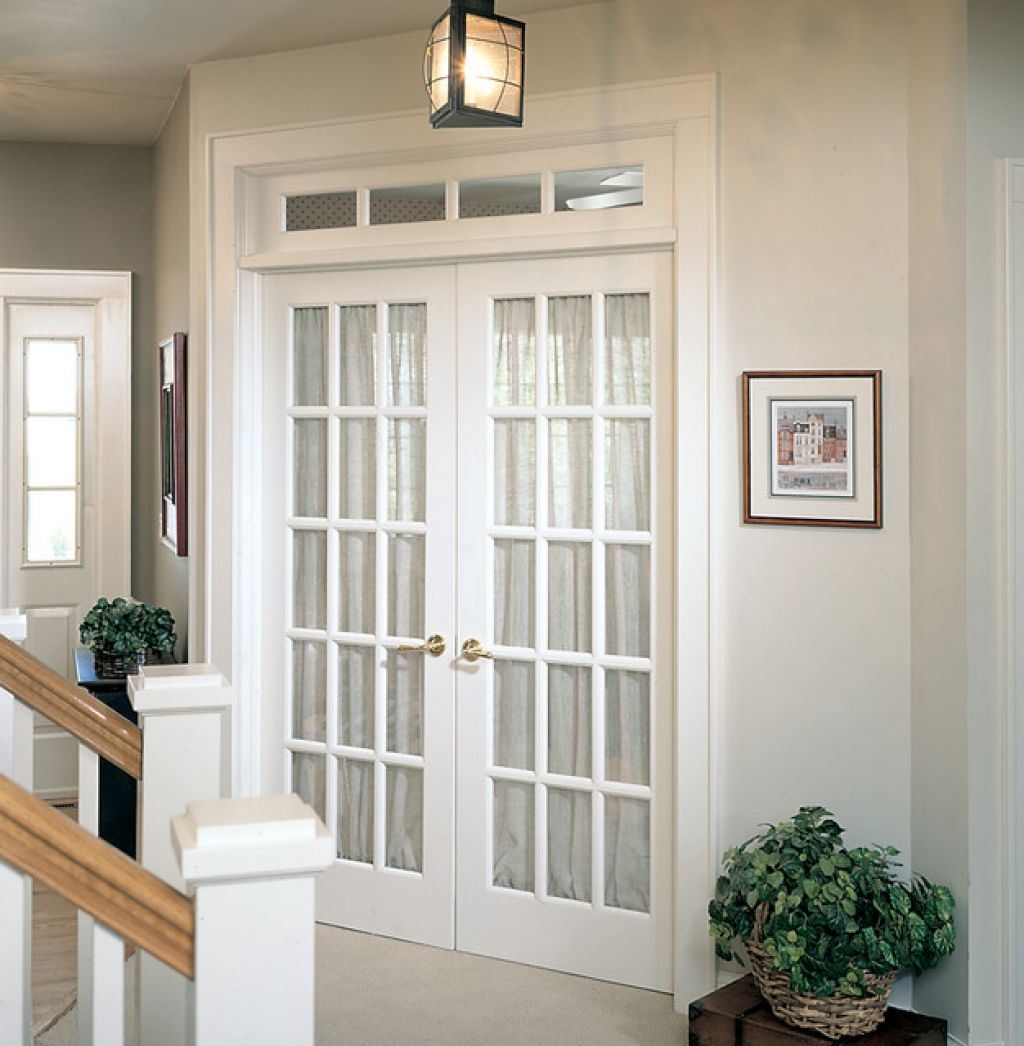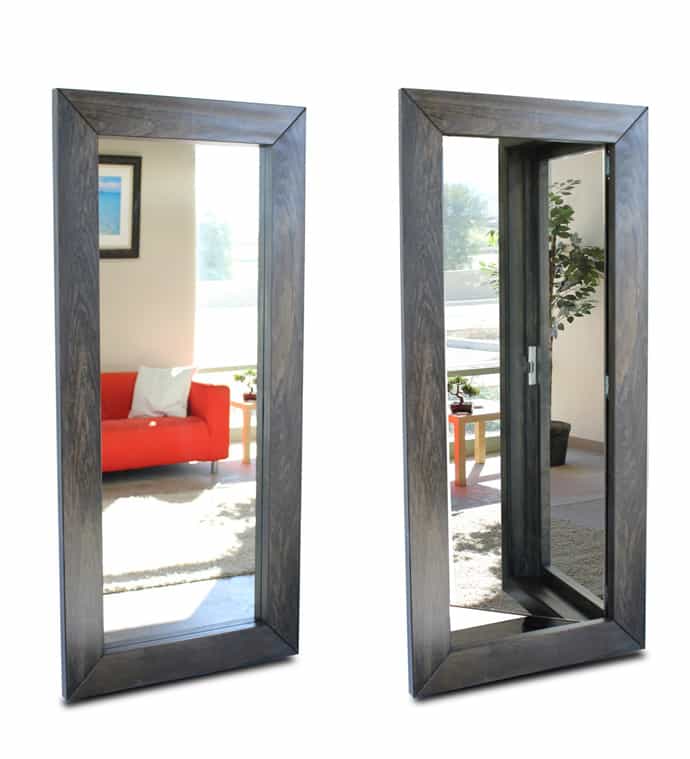

And the best part – it’s all in sight and in easy reach, on either side. Results may vary based on actual conditions of use and environmental conditions. The UVnano™ dispenser features a UV-C light to help clean the nozzle after 24 hours.* *UVnano is a compound word derived from the words UV and its unit nanometer. From drinks to condiments, keep your favorites in the flat-panel Door-in-Door design to grab & go. *Shape and clarity of ice may vary with settings, water supply, and home use conditions. Plus, you’ll have cubed and crushed ice, too, with the Dual Ice Maker. Take happy hour up a notch with slow-melting Craft Ice™. Designed for form and function, LG’s Side-by-Side fridges have the wow factor you’ve been looking for, with capacity and organization you don’t want to sacrifice. Capacity Door-in-Door® Dual Ice Maker with Craft Ice™ Sleek, flat-panel design with pocket handles Smooth Touch Ice Dispenser with UVnano™ ThinQ® Technology LG Side-by-Side Refrigerators were evaluated by Consumer Reports *Consumer Reports does not endorse products or services. Ischaemic stroke door-in-door-out time endovascular thrombectomy hospital workflow.27 cu.

Future interventions that aim to decrease DIDO time should take these findings into account. Higher age, onset-to-door time longer than 6 h, M2-segment occlusion and right-sided occlusions are independently associated with a longer DIDO time. The CTA-to-ambulance notification time is the largest contributor to DIDO time. DIDO time increased with age (6 min per 10 years, 95% CI: 2-9), onset-to-door time outside 6 h (20 min, 95% CI: 5-35), M2-segment occlusion (15 min, 95% CI: 4-26) and right-sided ischaemia (12 min, 95% CI: 2-21). The longest component was CTA-to-ambulance notification time with a median (IQR) of 24 (16-37) min. Median (IQR) DIDO time was 66 (52-83) min. We used univariable and multivariable linear regression models to explore associations between potential determinants and DIDO time. We subdivided DIDO into several time components and quantified contribution of these components to DIDO time. We included consecutive adult patients with anterior circulation large vessel occlusion, transferred from a PSC for EVT between Octoand November 31, 2020. We performed a retrospective cohort study in a Dutch ambulance region consisting of six PSCs and one intervention centre. We aimed to quantify different components of DIDO time and to identify determinants of DIDO time. Insight in causes of prolonged DIDO times may facilitate process improvement interventions. Long door-in-door-out (DIDO) times are an important cause of treatment delay in patients transferred for endovascular thrombectomy (EVT) from primary stroke centres (PSC) to an intervention centre.


 0 kommentar(er)
0 kommentar(er)
